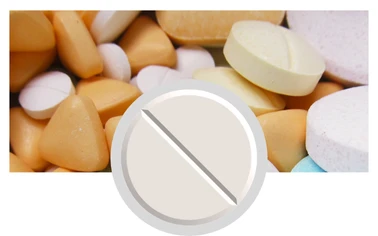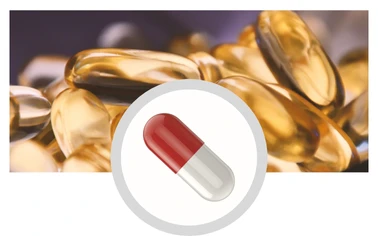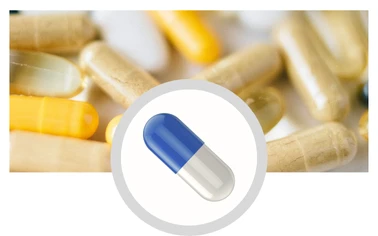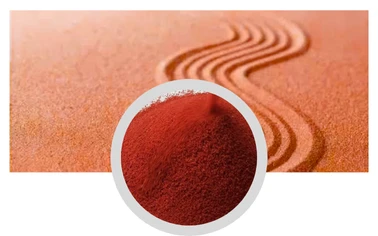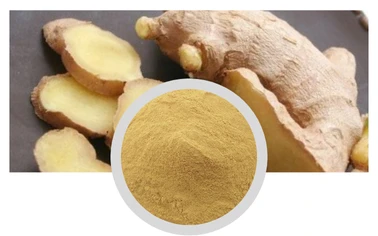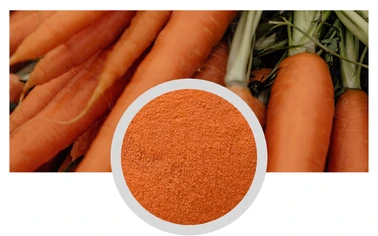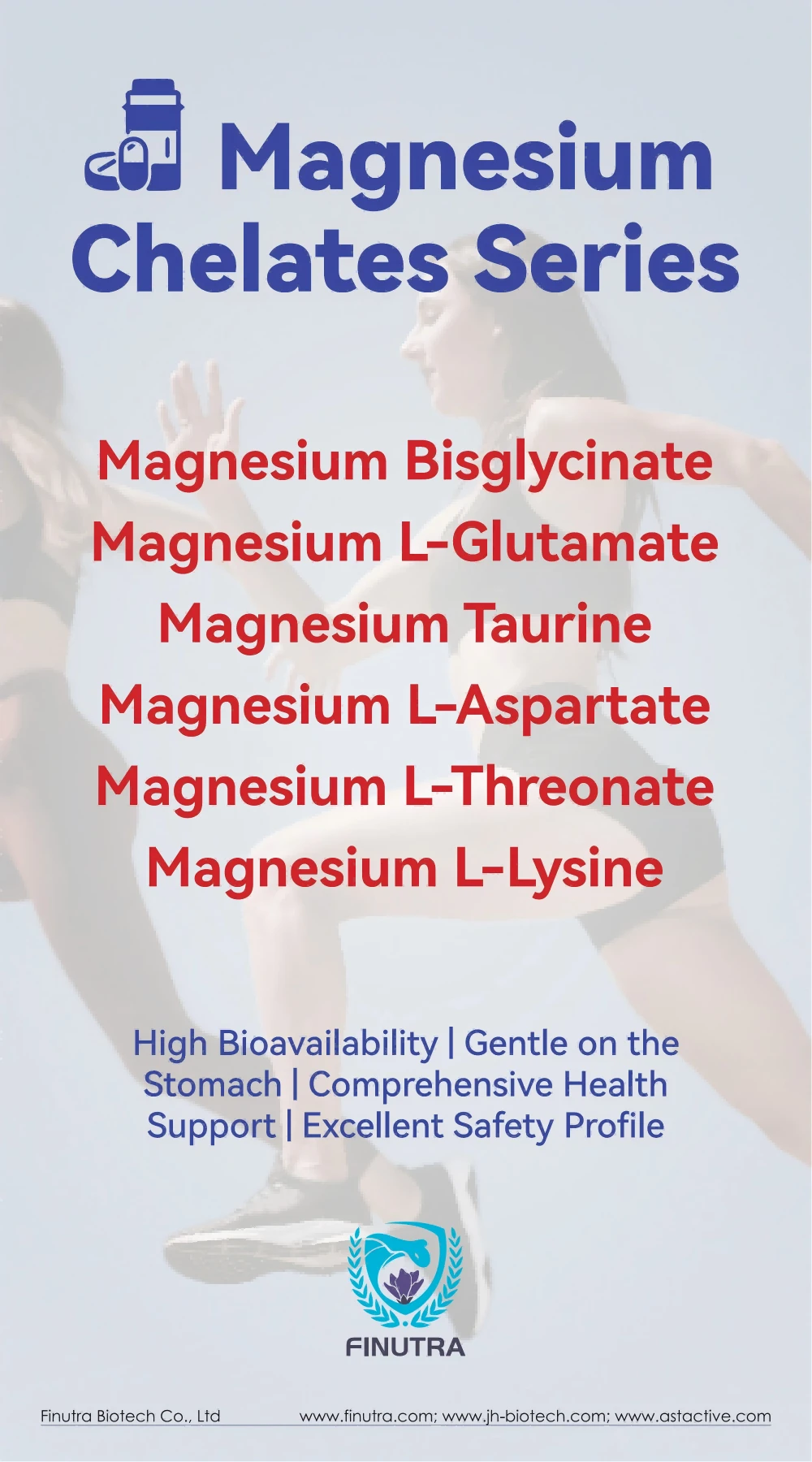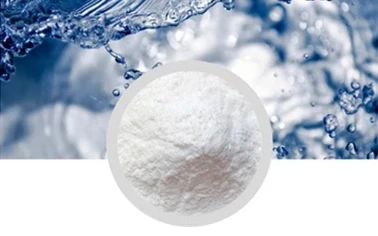

In contrast, individuals targeting specific symptoms like acute anxiety or insomnia might find the predictability and potency of extracts to be more effective. With extracts, users have the advantage of knowing exactly how much of the active component they are ingesting, allowing for precise adjustments to their wellness routines. This is supported by accumulating scientific data emphasizing the effectiveness of standardized extracts in clinical trials, where concentrated formulations have demonstrated promising results in stress and anxiety reduction. As both forms hold their merit, transparency in sourcing, processing, and product testing are essential for both consumer confidence and health outcomes. Reputable manufacturers should provide detailed information regarding the sourcing of their ashwagandha, whether root or extract, ensuring they are free from contaminants and ethically sourced. Certificates of analysis and standardized testing can serve as reassurance to consumers, highlighting the quality and integrity of the product they choose to introduce into their health regime. Ultimately, the decision to incorporate ashwagandha in its root or extract form depends on personal preference, lifestyle compatibility, and health goals. Whether choosing traditional wellness practices or modern, convenience-focused approaches, both forms of ashwagandha offer pathways to restoring balance and vitality. By understanding the distinct benefits and applications of each, consumers can make informed decisions that best align with their wellness journeys.
Post time:Jan - 14 - 2025




